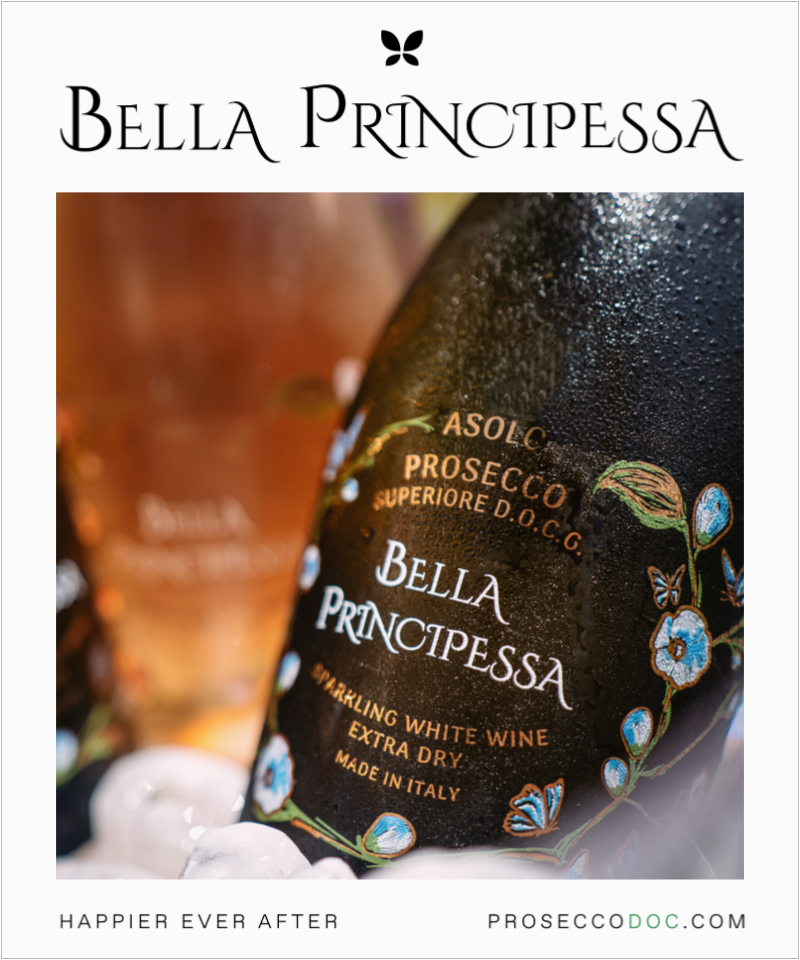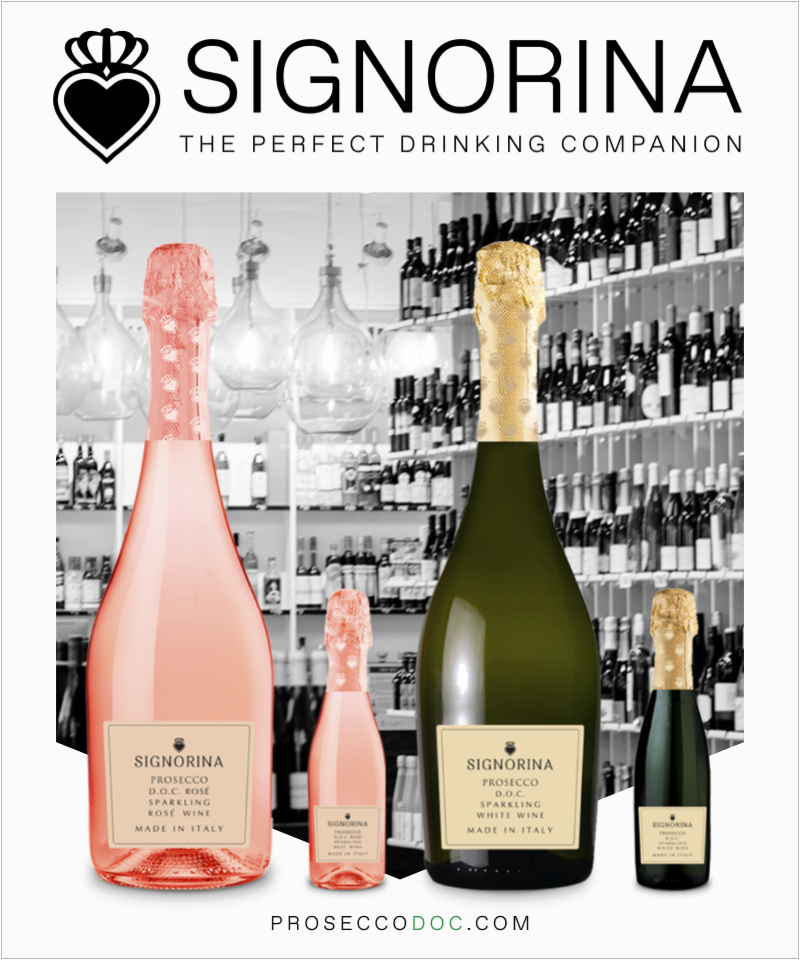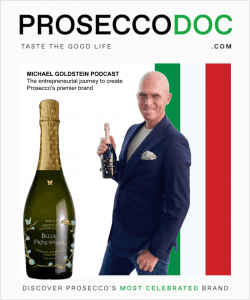When exploring the question, “What is the difference between Prosecco and Champagne?” it’s crucial to understand the distinct characteristics that set these two sparkling wines apart, much like discerning the unique qualities of Bella Principessa Prosecco and Signorina Prosecco.
Origin and Grapes
The most fundamental difference lies in their geographical origins and the grape varieties used. Champagne is produced in the Champagne region of France and can be made from a blend or as a single varietal wine using Chardonnay, Pinot Noir, and Pinot Meunier grapes. In contrast, Prosecco hails from the Veneto region in Northern Italy and is primarily made from the Glera grape variety. This difference in origin and grape types is crucial, as it influences each wine’s flavor profiles and production methods.
Production Methods
The production methods for these wines significantly differ, especially in how they become sparkling. Champagne employs the ‘traditional method’ (Méthode Champenoise), where the second fermentation occurs in the bottle.
This process involves adding yeast and sugars (liqueur de tirage) to the still wine. The bottles are then stored tipped, neck down, so that the dead yeast cells collect in the neck after fermentation. The neck of the bottle is frozen, and the dead yeast cells are released in a process called ‘disgorgement.’ Non-vintage Champagne must age at least 18 months, while vintage varieties require at least three years.
Conversely, Prosecco typically uses the ‘tank method’ (Charmat method), where the second fermentation takes place in large tanks. Yeast and sugars are again added to the base wine, but because the fermentation happens in a tank, the contact with yeast is significantly less compared to the traditional method used for Champagne. This results in different flavor profiles and a generally faster production process.
Flavor Profiles
These production methods lead to distinct flavor profiles in Champagne and Prosecco. Due to its closer contact with yeast, Champagne often exhibits more autolytic flavors like bread, brioche, toast, and citrus fruit flavors.
Prosecco, with its reduced yeast contact, tends to highlight the fruit flavor profile of the Glera grape, characterized by notes of pear, apple, honeysuckle, and floral tones. While some Prosecco wines may undergo lees aging or use the traditional method, giving them a more complex flavor, the predominant style remains fruit-forward and fresh.
Conclusion
In summary, the differences between Prosecco and Champagne span from their geographic origins and grape varieties to their production methods and flavor profiles. While Champagne is renowned for its complex, yeast-influenced flavors and stringent aging requirements, Prosecco is celebrated for its fruitier notes and quicker production method. Both sparkling wines, however, hold their unique charm and appeal, similar to the distinct and delightful experiences offered by Bella Principessa Prosecco and Signorina Prosecco.











